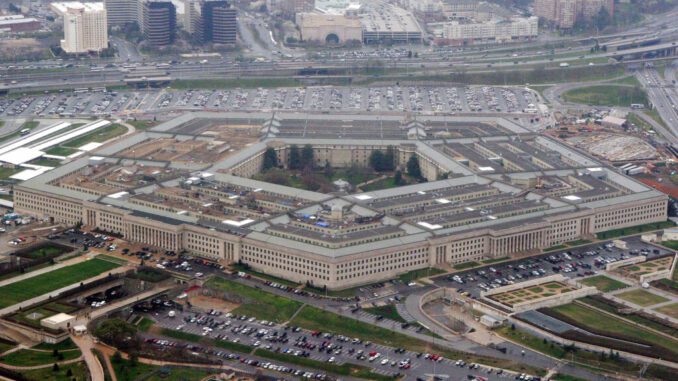
WASHINGTON, D.C. — The U.S. Army, for the first time, is offering a maximum enlistment bonus of $50,000 to highly skilled recruits who join for six years as the service struggles to lure soldiers into certain critical jobs during the continuing pandemic.
Maj. Gen. Kevin Vereen, head of Army Recruiting Command, told AP that shuttered schools and the competitive job market over the past year have posed significant challenges for recruiters. So heading into the most difficult months of the year for recruiting, the Army is hoping that some extra cash and a few other changes will entice qualified young people to sign up.
“We are still living the implications of 2020 and the onset of COVID, when the school systems basically shut down,” said Vereen. “We lost a full class of young men and women that we didn’t have contact with, face-to-face.”
Two years of the pandemic has made it more difficult to recruit in schools and at public events, and the competition for quality workers has intensified as young people weigh their options.
Some, said Vereen, are taking what he calls a gap year, and “are making the decision that they don’t necessarily need to work right now.”
To entice recruits, those who sign up for a six-year enlistment in one of several high-demand career fields can get bonuses that total as much as $50,000. Given the high standards, it will be difficult for many to qualify for the top bonus.
The final figure depends on when they agree to ship out for training, if they already have critical skills and if they choose airborne or ranger posts. Certain careers — such as missile defense crew, special forces, signals intelligence and fire control specialists who coordinate battlefield weapons operations — can often come with the maximum bonuses. But other key jobs include infantry, intelligence analyst, combat medic specialist, military police, combat engineer and several others. And those may change every month, based on available spots in the training pipeline and other service needs.
Until now, the Army has offered a maximum bonus of $40,000.
“We’re in a competitive market,” said Vereen. “How we incentivize is absolutely essential, and that is absolutely something that we know that is important to trying to get somebody to come and join the military.’
Sgt. 1st Class Mary James has been working as a recruiter in Ohio since November 2020, and she said the early months — when COVID-19 was surging and there were no vaccines — were challenging. It’s gotten better, and she said the higher bonuses will help her.
“Money isn’t always the first thing that they talk about, but it does come into play,” said James, who’s been in the Army for 15 years. “It will be exciting to see what the return is on that. You know, I think it does put us in one of the top tier levels of competitive businesses.”
James, who previously worked as a signals intelligence analyst, can also talk to recruits about deploying to war zones, and the exciting opportunities the military offers. And she said she hears a lot of questions and worries about stability, leaving home and a career that may have them moving from place to place every few years.
Vereen said the Army is doing more to address those types of concerns. Last fall the Army significantly increased the option to enlist for two years, expanding it to a total of 84 different career fields. And some will be able to choose where they will initially be assigned — a benefit Army leaders approved in an effort to be more family friendly and bolster the recruiting effort, particularly in the pandemic.
“We want to promote the value of serving your country first,” said Vereen. “But we also know that, this generation and I guess human nature, you know, it’s all about compensation, too.”
For James, the money may help her meet her recruiting goal as the Army heads into what it calls the “bathtub” months of February to May, when recruiting is historically at its low point. During the spring, the Army’s more than 9,400 recruiters have to seek out and sign up people who have already graduated from high school and college. Recruiting traditionally spikes as students graduate in the spring and start looking for jobs.



